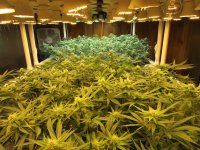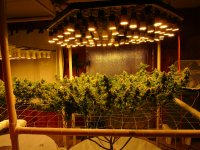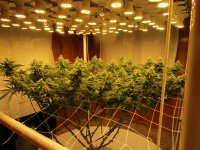greyfader
Well-known member
thank you, citizen! i will have to stop using meth immediately!Recent studies revealed shocking coleration between crystal meth induced brain damage and LED light efficiency used in horticultural applications.
It seems person mental state can actively have major effects on LED lights they are using. Here is published graph. This is one step futher understanding quantum connections between our reallity.
View attachment 18909649
can you provide a link to these studies?





